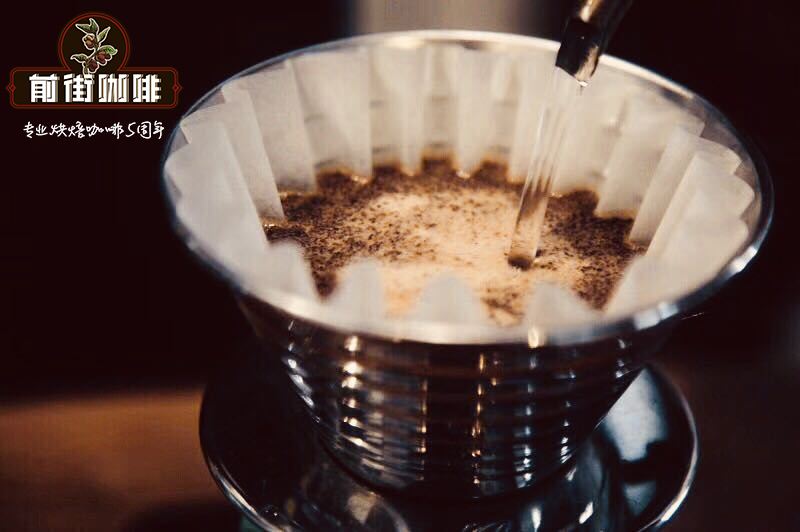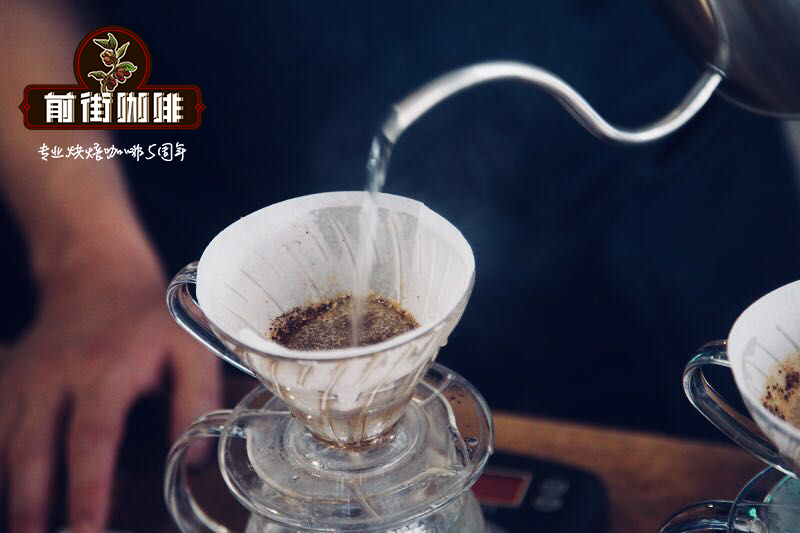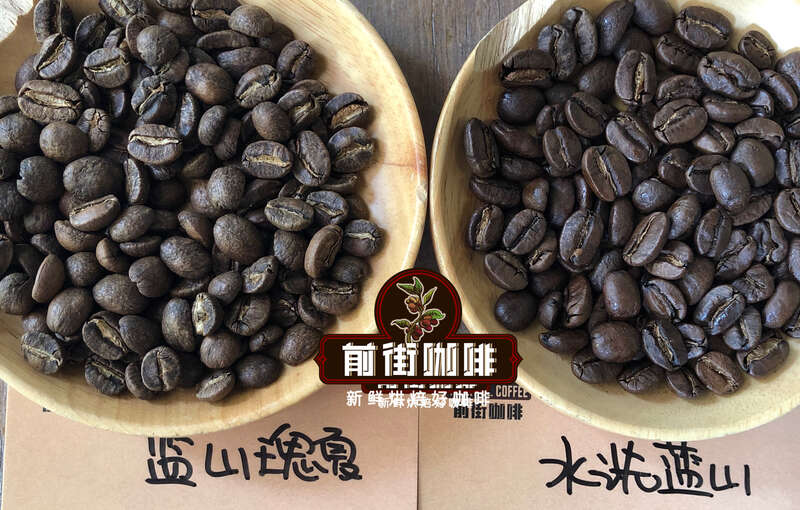Special topic on Panamanian Coffee | what is the reason why Panamanian coffee is so popular in the world?
Professional coffee knowledge exchange More coffee bean information Please pay attention to coffee workshop (Weixin Official Accounts cafe_style)

● Special geographical environment
Central America is a long isthmus from northern Mexico to southern Colombia, connecting North America and North and South Africa. Panama is located in the southernmost part of Central America, so the country runs east-west, not north-south as everyone thinks. This means that the Caribbean (Atlantic) coast is in its north, while the Pacific Ocean is in its south.
Panama is also by far the narrowest country to share the Atlantic and Pacific coasts. This has a profound impact on coffee production. Chiriquí, home to world-renowned estates such as Hacienda La Esmeralda, Elida Estate, Finca Nuguo, and Finca La Mula, is also only 60-70 km from the sea.
Oceanic climates are huge systems that cover the entire hemisphere. Some Caribbean currents originate as far away as Iceland, while some Pacific east-west currents originate half a world away off the coasts of Japan and Indonesia. On Panama, a small island less than 100 kilometers wide, these global climate systems intersect and collide to create amazing microclimate changes. The wind whirled and changed direction; rain fell without warning; clouds floated over the hills with fog and ice.
And in the middle of these chaotic climates, those boutique coffee farms are officially Panama.

● Climate and environment interact to create attractive flavors
Willem Boot, owner of Finca Sofía and Finca La Mula farms in Panama, also produces award-winning varieties of coffee. In February 2015, I went to Finca La Mula with Boot's professional manager and my friend Kelly Hartmann, a Panamanian native. In Panama in summer, January to April is much drier than when I first visited Panama. But Boot reminded me that when you get to the farm, you will find that "dry" is only relative. "This place is basically a forest with clouds. When clouds arrive, the temperature will drop sharply." Boot describes it that way. We climbed the steep slopes of the estate through thick clouds that covered everything.
La Mula is a dense forest with large shade trees covering most of the planted area. There is a second layer of shade trees below them, and under this canopy are those rosewood coffee trees that are unique to their environment.
Boot tells us: "If cloud periods are regular and become a regular phenomenon, it indicates that this creates something unique for trees." Especially in the presence of fruit trees, plants respond and adjust to their environment. When sunlight is absent, the leaves get higher water supply, and the photosynthesis of the trees is slow, which makes the cherry mature longer, which makes the flavor stronger, especially in sweetness and acidity." Does humidity make it harder to grow? "It doesn't matter, we want these unique things to happen, and that's what makes these unique flavors happen," Boot said.
The dense forest ensured that the clouds persisted on the slopes. A combination of trees and clouds, combined with high altitude, allows Panama coffee to grow in a cool, moist environment.
● Unique geographical location creates unique flavor
The Finca Nuguo estate has continued to shine on the world coffee scene, with the exception of some specialty coffees that won senior competitions, and beans used in the 2016 US barista champion Lemuel Butler competition. Finca Nuguo Estate is located in Chiriquí, western Panama, close to the Costa Rican border.
"The rain here is very heavy. Even in the driest season, it keeps raining here." José Gallardo, owner of Finca Nuguo, said: "I think the trees will like the rain, which means that the nutrition will be good all year. Water carries all the nutrients of the year into the root layer."
Important Notice :
前街咖啡 FrontStreet Coffee has moved to new addredd:
FrontStreet Coffee Address: 315,Donghua East Road,GuangZhou
Tel:020 38364473
- Prev

What are the flavor characteristics of Blue Mountain Rose Summer Coffee?
For more information on coffee beans, please follow the coffee workshop (Wechat official account cafe_style) the raw bean classification of Blue Mountain Coffee. The Jamaican government established CIB (Jamaica Coffee Industry Committee, the Jamaica Coffee Industry Board) in 1950, which is the government agency responsible for coffee affairs in Jamaica, which is responsible for supervising, regulating and guiding Jamaica's.
- Next

Uganda boutique coffee-Sipi Falls tin waterfall coffee bean flavor? Sipi Falls coffee
Professional coffee knowledge exchange more coffee bean information please follow the coffee workshop (Wechat official account cafe_style) Uganda boutique coffee-Sipi Falls tin skin waterfall coffee bean flavor? What is the Sipi Falls coffee plan? Coffee in ancient times is regarded as something that Ugandan soldiers must chew before entering the battlefield, because soldiers believe it will bring them courage and victory.
Related
- Detailed explanation of Jadeite planting Land in Panamanian Jadeite Manor introduction to the grading system of Jadeite competitive bidding, Red bid, Green bid and Rose Summer
- Story of Coffee planting in Brenka region of Costa Rica Stonehenge Manor anaerobic heavy honey treatment of flavor mouth
- What's on the barrel of Blue Mountain Coffee beans?
- Can American coffee also pull flowers? How to use hot American style to pull out a good-looking pattern?
- Can you make a cold extract with coffee beans? What is the right proportion for cold-extracted coffee formula?
- Indonesian PWN Gold Mandrine Coffee Origin Features Flavor How to Chong? Mandolin coffee is American.
- A brief introduction to the flavor characteristics of Brazilian yellow bourbon coffee beans
- What is the effect of different water quality on the flavor of cold-extracted coffee? What kind of water is best for brewing coffee?
- Why do you think of Rose Summer whenever you mention Panamanian coffee?
- Introduction to the characteristics of authentic blue mountain coffee bean producing areas? What is the CIB Coffee Authority in Jamaica?

